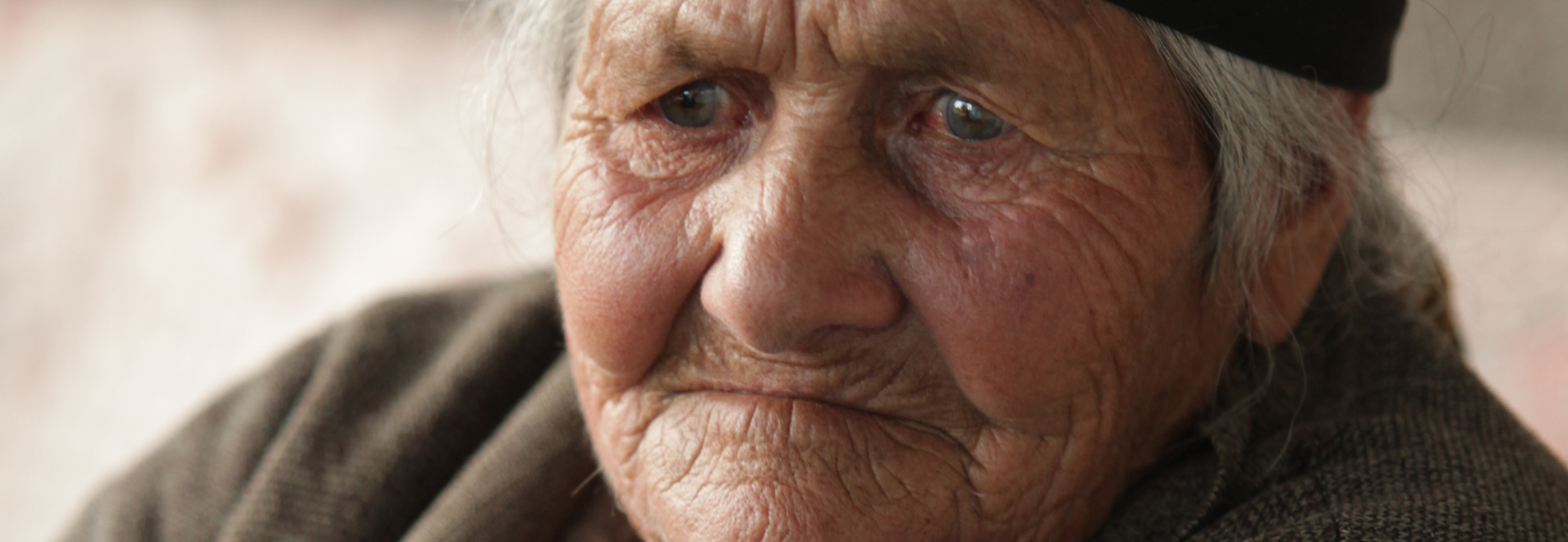People with diabetes are at risk for serious eye disease – eye movement problems, cataract, glaucoma and diseases of the retina. This pamphlet focuses on diabetic retinopathy.
What is diabetic retinopathy?
Diabetic retinopathy is a complication of diabetes and a leading cause of blindness. It occurs when diabetes damages the tiny blood vessels inside the retina, the light-sensitive tissue at the back of the eye. A healthy retina is necessary for good vision.
If you have diabetic retinopathy, at first you may notice no changes to your vision. But over time, diabetic retinopathy can get worse and cause vision loss. Diabetic retinopathy usually affects both eyes.
What are the stages of diabetic retinopathy?
Diabetic retinopathy has four stages:
Mild Retinopathy
At this earliest stage, microaneurysms occur. They are small areas of balloon-like swelling in the retina’s tiny blood vessels.
Moderate Retinopathy
As the disease progresses, some blood vessels that nourish the retina are blocked.
Severe Retinopathy
Many more blood vessels are blocked, depriving several areas of the retina with their blood supply. These areas of the retina send signals to the body to grow new blood vessels for nourishment.
Advanced Retinopathy
At this advanced stage, the signals sent by the retina for nourishment trigger the growth of new blood vessels. This condition is called proliferative retinopathy. These new blood vessels are abnormal and fragile. They grow along the retina and along the surface of the clear, vitreous gel that fills the inside of the eye. By themselves, these blood vessels do not cause symptoms or vision loss. However, they have thin, fragile walls. If they leak blood, severe vision loss and even blindness can result.
Who is at risk for diabetic retinopathy?
All people with diabetes – any type – are at risk. That’s why everyone with diabetes should get a comprehensive dilated eye exam at least once a year. Between 40 to 45 percent of people diagnosed with diabetes have some stage of diabetic retinopathy. If you have diabetic retinopathy, your doctor can recommend treatment to help prevent its progression.
During pregnancy, diabetic retinopathy may be a problem for women with diabetes. To protect vision, every pregnant woman with diabetes should have a comprehensive dilated eye exam as soon as possible. Your doctor may recommend additional exams during your pregnancy.
How does diabetic retinopathy cause vision loss?
Blood vessels damaged from diabetic retinopathy can cause vision loss in two ways:
Fragile, abnormal blood vessels can leak blood into the center of the macula, the part of the eye where sharp, straight-ahead vision occurs. The fluid makes the macula swell, blurring vision. This condition is called macular edema. It can occur at any stage of diabetic retinopathy, although it is more likely to occur as the disease progresses. About half of the people with proliferative retinopathy also have macular edema.
The abnormal vessels can burst and fill the eye with blood-obscuring vision. This condition may result in blindness.
Does diabetic retinopathy have any symptoms?
Diabetic retinopathy often has no early warning signs. Don’t wait for symptoms. Be sure to have a comprehensive dilated eye exam at least once a year.
What are the symptoms of diabetic retinopathy if bleeding occurs?
At first, you will see a few specks of blood, or spots, “floating” in your vision. If spots occur, see your eye care professional as soon as possible. You may need treatment before more serious bleeding occurs. Hemorrhages tend to happen more than once, often during sleep.
Bleeding can frequently reoccur and cause severely blurred vision. You need to be immediately examined by your eye care professional at the first sign of blurred vision, before more bleeding occurs.
If left untreated, proliferative retinopathy can cause severe vision loss and even blindness. Also, the earlier you receive treatment, the more likely treatment will be effective.
How are macular edema and diabetic retinopathy detected?
Macular edema and diabetic retinopathy are detected during a comprehensive eye exam that includes:
Visual acuity test
This eye chart test measures how well you see at various distances.
Dilated eye exam
Drops are placed in your eyes to widen, or dilate, the pupils. Your eye care professional uses a special instrument to examine your retina and optic nerve for signs of damage and other eye problems. After the exam, your close-up vision may remain blurred for several hours.
Tonometry
An instrument measures the pressure inside the eye. Numbing drops may be applied to your eye for this test.
If your eye care professional believes you need treatment for macular edema, he or she may suggest a fluorescein angiogram. In this test, a special dye is injected into your arm. Pictures are taken as the dye passes through the blood vessels in your retina. The test allows your eye care professional to identify any leaking blood vessels and recommend treatment.
How is diabetic retinopathy treated?
During the early stages of diabetic retinopathy, no treatment is needed, unless you have macular edema. To prevent progression of diabetic retinopathy, people with diabetes should control their levels of blood sugar, blood pressure, and blood cholesterol.
Diabetic macular edema and later stages of diabetic retinopathy are treated with laser procedures. Laser treatments often require multiple sessions to complete, but reduce the chances of fluid leakage and bursting vessels by 50 percent.







